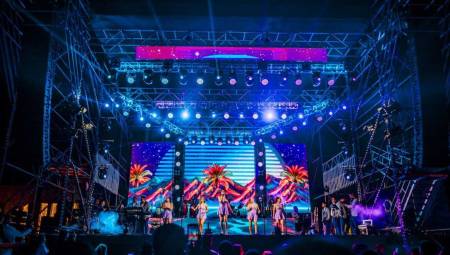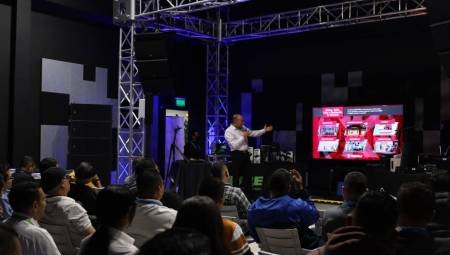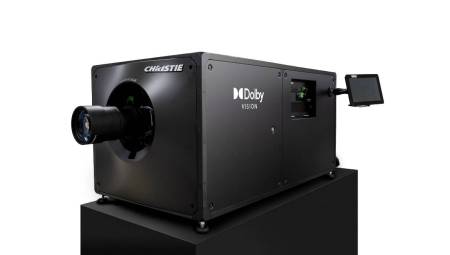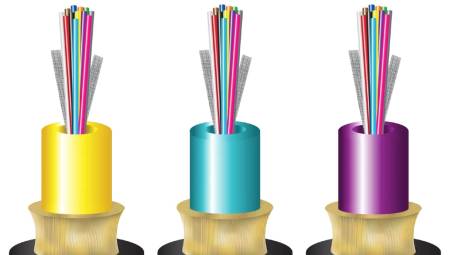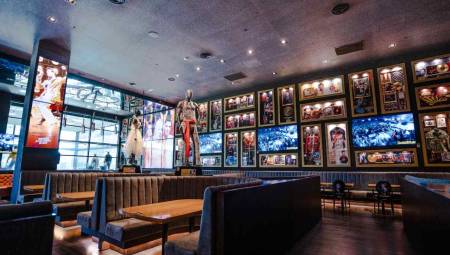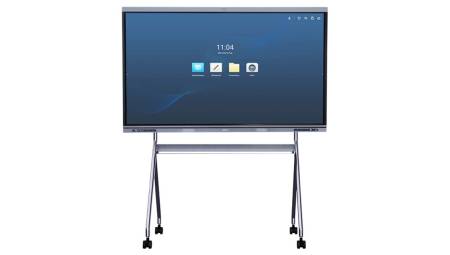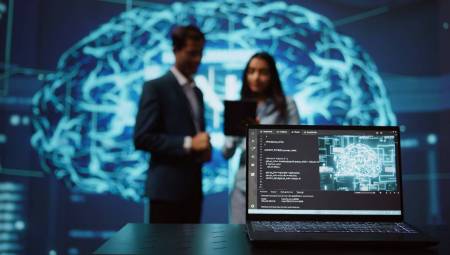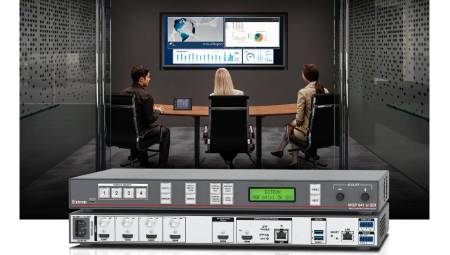 Mexico. The increase in applications and decrease in infrastructure is perneando in the industry and in the end users. A growing trend in the data center industry is the need for modularity and flexibility, pay-as-you-go, hybrid centers, and containerized data centers.
Mexico. The increase in applications and decrease in infrastructure is perneando in the industry and in the end users. A growing trend in the data center industry is the need for modularity and flexibility, pay-as-you-go, hybrid centers, and containerized data centers.
Data centers operate day and night. Keeping them air-conditioned consumes a lot of electricity.
The publication Climate Change News, estimates that by 2020 there will be more than 50 billion connected devices and the companies responsible for data center management will emit 3.5% of the world's pollution, moreover, this figure grows exponentially and it is expected that by 2040 they will climb to 14, based on these expectations.
The growth of the carbon footprint will be extreme; by 2025, data centers could consume 20% of all available electrical energy in the world.
The data centers that consume the most resources are those that do not have a proper configuration, since the flow of unregulated air is energy that is not recovered and generates greenhouse gases. Just to support a data at present 2% of greenhouse gases already come from data centers and already consumes 3% of all global electricity (about 420 terawhats) and growing.
The industry that grows the most in this aspect is the automation of car assembly companies, which require more and more computing power and generates growth in the centers, which gradually increases the size, configuration and management of the Datacenter.
One of the challenges of the IT industry is to reduce the growth of the carbon footprint as soon and satisfactorily as possible. At Stulz, various patented technologies make an excellent choice for the industry. Especially Free Cooling and Free Cooling indirect, are technologies that Stulz has relied on to improve performance and decrease energy use in modular data centers.





